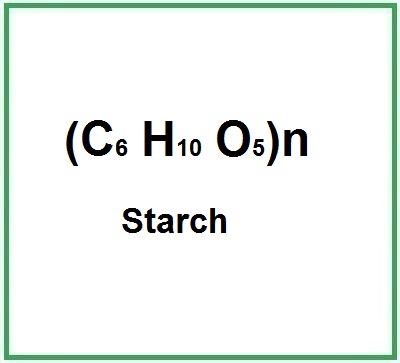Starch, formed from glucose polymers, is the primary form of storage of carbohydrates in plant and seed tubers and includes the predominant Amylopectin, with 70-80% and Amilose, to a lesser extent, with 20- 30%.

Plants produce starch to create a reserve of energy, accumulating it in the internal photosynthesis of the leaves where it acts as a storage of carbohydrates.
In the food industry starch is mainly used as a thickener, secondarily as a stabilizer, gelling agent and to improve the dough.

Controlling the amount of amylose is therefore a goal for biotechnology. Amylose consists of the enzyme GRANULE BOUND STARCH SYNTHASE (GBSS), which, for decades, was thought to be the only protein necessary for the production of amylose. Now we report here a study on a second protein, the PROTEIN TARGETING TO STARCH (PTST) protein, which is involved in the production of amylose (1).
With the increase in human health problems such as obesity and diabetes, there has been a growing interest in altering the composition of starch in cereals and increasing the percentage of resistant starch. The resistant starch is the fraction of starch that escapes digestion in the small intestine (2) and is considered a form of dietary fiber with beneficial properties for health (3).
References______________________________
(1) PROTEIN TARGETING TO STARCH Is Required for Localising GRANULE-BOUND STARCH SYNTHASE to Starch Granules and for Normal Amylose Synthesis in Arabidopsis
David Seung, Sebastian Soyk, Mario Coiro, Benjamin A. Maier, Simona Eicke, Samuel C. Zeeman
PLoS Biol. 2015 Feb; 13(2): e1002080. Published online 2015 Feb 24. doi: 10.1371/journal.pbio.1002080
(2) Development of high amylose wheat through TILLING
Ann J Slade, Cate McGuire, Dayna Loeffler, Jessica Mullenberg, Wayne Skinner, Gia Fazio, Aaron Holm, Kali M Brandt, Michael N Steine, John F Goodstal, Vic C Knauf
BMC Plant Biol. 2012; 12: 69. Published online 2012 May 14. doi: 10.1186/1471-2229-12-69
(3) Englyst HN, Macfarlane GT. Breakdown of resistant and readily digestible starch by human gut bacteria. J Sci Food Agric. 1986;37:699–706.
![]() Starch
Starch 



